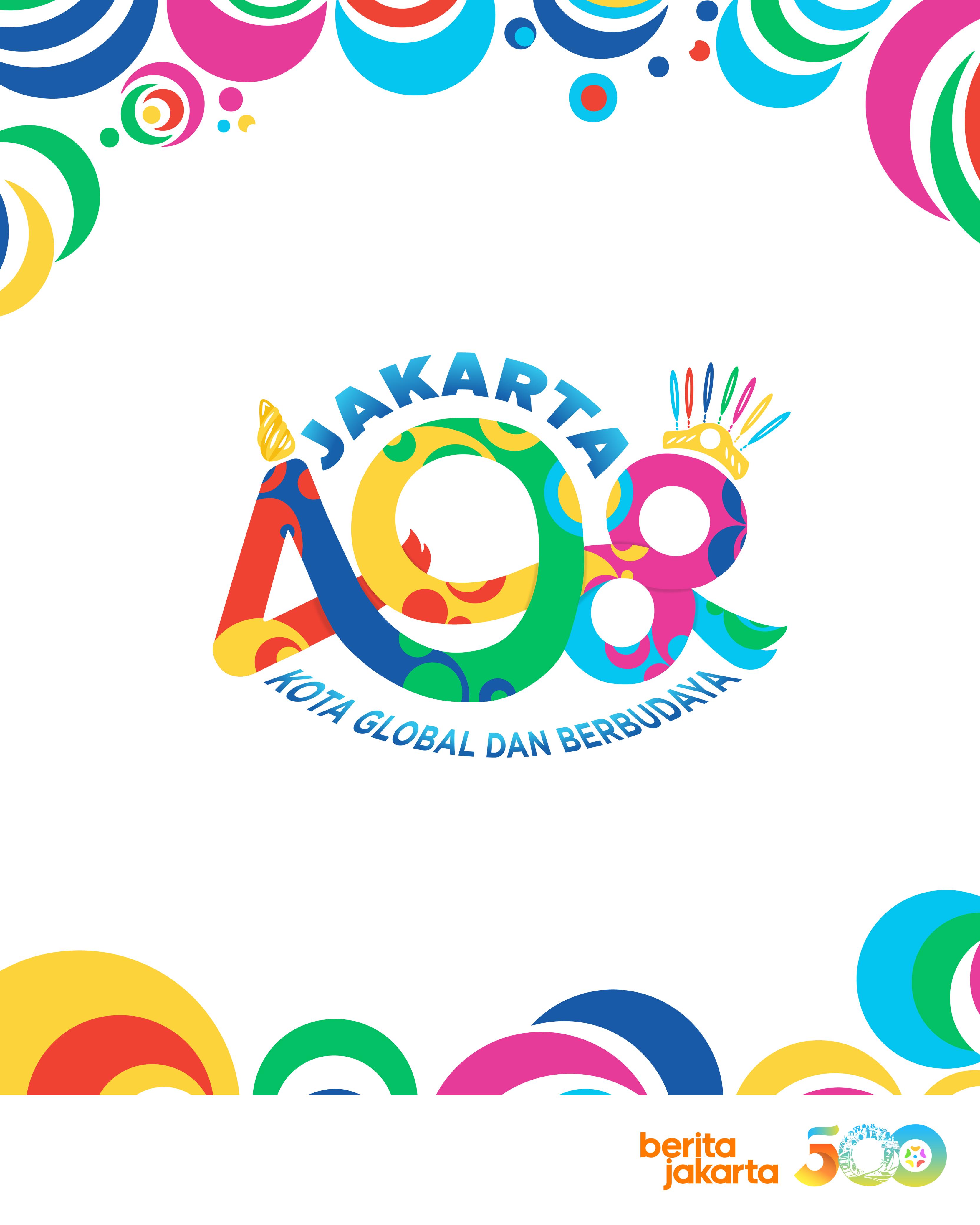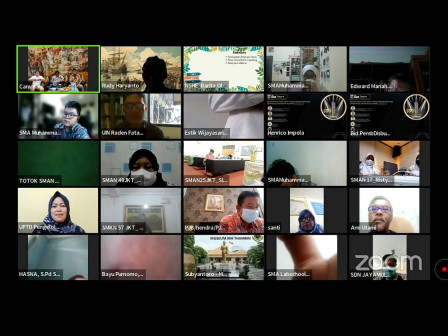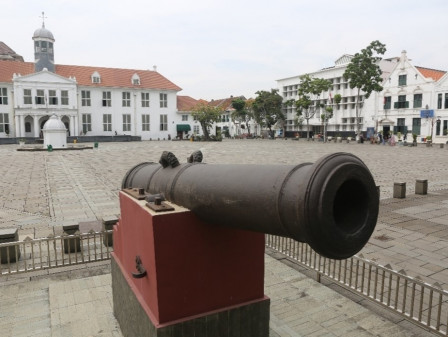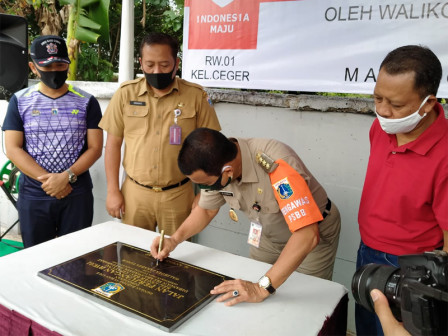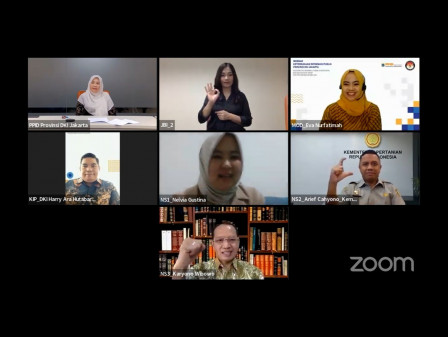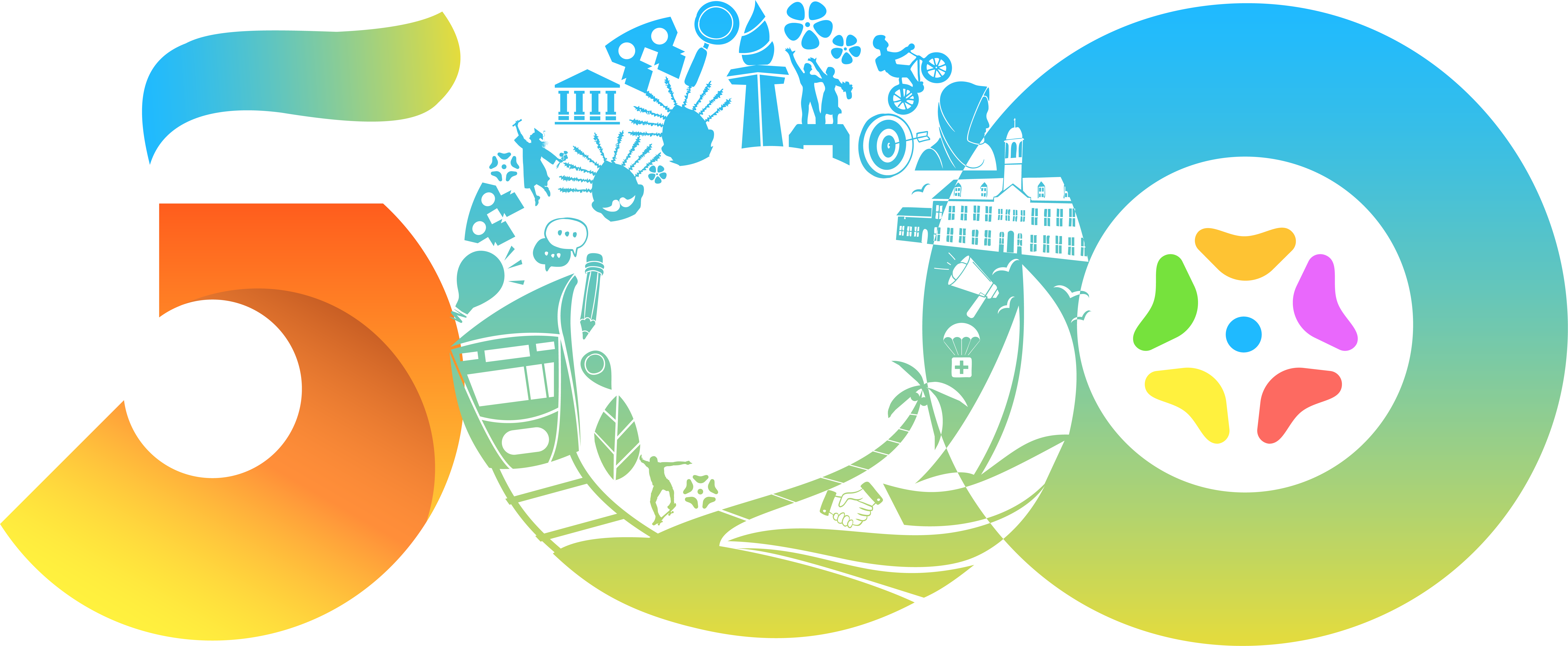Padrao Inscription Webinar, Governor Hopes to Be Part of Development of Jakarta as a Culture City
Reported by Yudha Peta Ogara | Translated by Nugroho Adibrata
The Jakarta Culture Agency held a webinar with the theme 500 Years of the Padrao Inscription Jakarta: Signs of the International Agreement between the Portuguese and the Kingdom in the Archipelago, on Thursday (8/25).
Hope this webinar will make Jakarta a city of culture
The webinar opened by Jakarta Governor Anies Baswedan was expected to become part of the development of Jakarta as a city of culture.
He stated the Padrao Inscription is very valuable, as it is a marker of international treaties. Besides that, there are many lessons to be learned.
Jakarta Museums Open for Free Tomorrow"Hope this webinar will make Jakarta a city of culture. Not only preserving, but also developing and taking lessons from the journey of culture and history," he expressed.
A speaker Didik Pradjoko explained beforehand about the history of international trade that had occurred in the century BC by land and sea.
"In the 1-3 century AD, the dynamics of trading shipping were already formed," he explained.
According to him, the Portuguese arrived in Sunda Kelapa for the first time in 1513 led by de Alvin with four ships to look for pepper. Portuguese writer and treasurer Tome Pires who was part of the fleet described Sunda Kelapa Harbor as deep, bustling, and well-administered.
A few years later or in 1522, Henrique Leme with a Portuguese ship came to Sunda Kelapa to negotiate with King Samian (Sang Hyang or King Surawisesa, reigned 1521-1535). Finally on August 21, 1522, a friendship agreement was signed between the Sunda Kingdom and the Portuguese. According to Heuken, this agreement is the first international contract agreement in Indonesia.
The witnesses from the Sunda Kingdom were Tumenggung (Padam Tumungo), Sang Adipati (Samgydepati), Treasurer (e outre Beneger), and Syahbandar (xabamdar), while from the Portuguese side, eight witnesses signed.
In the agreement the Portuguese were allowed to build a fort on the banks of the Ciliwung River, Sunda Kelapa, and could buy 1,000 bahar pepper per year (Uka Tjandra Sasmita, the Indonesian Harbor Cities and the Coming of the Portuguese, in de Sousa and Leirissa, Five Hundreds Years of Historical Relationships, 2001).
"The sign of the agreement was made the Padrao Stone," he added.
Cultural observer Ridwan Saidi said that the Padrao Inscription was not about building a fort but regarding the development of Sunda Kelapa as an economic zone.
"Portuguese investment at that time was very much needed and according to him the development was successful," he stated.
